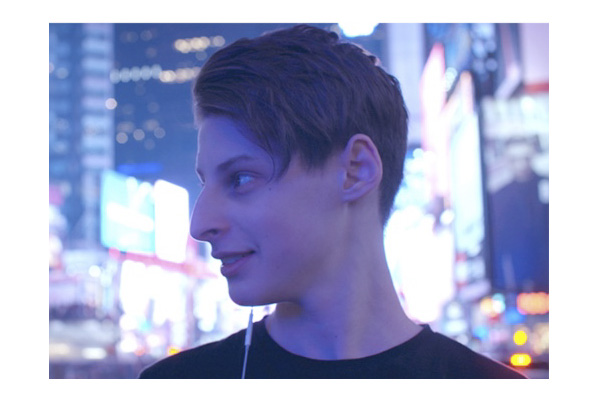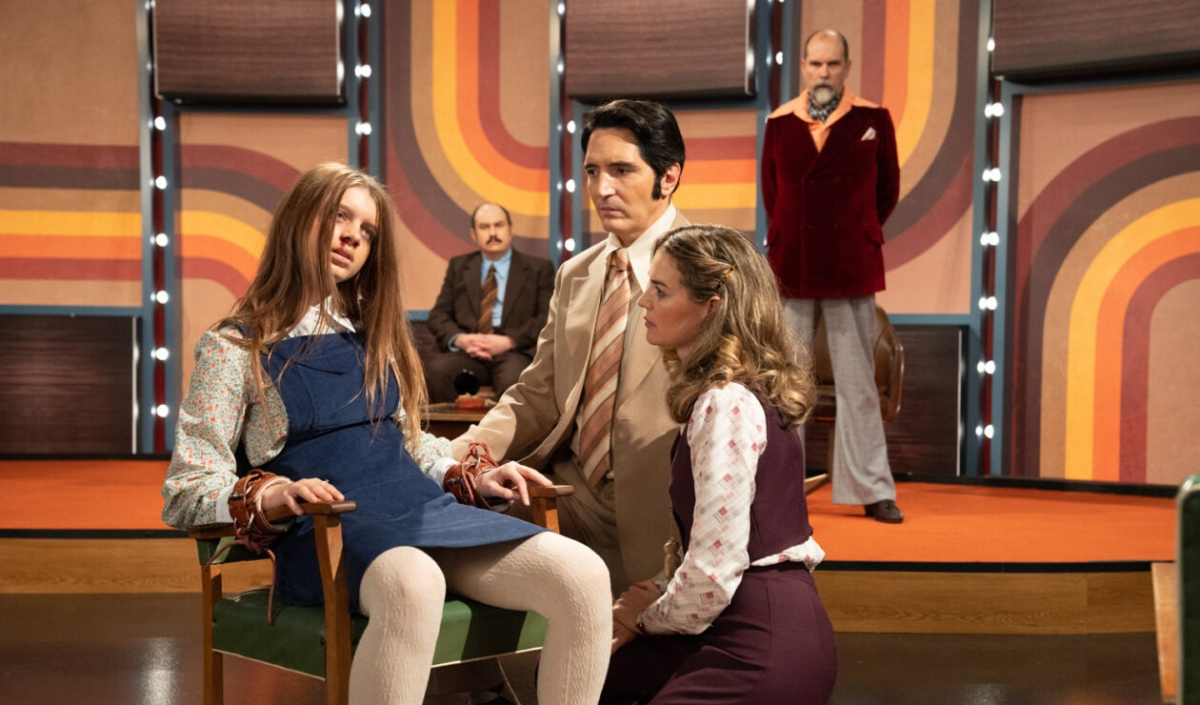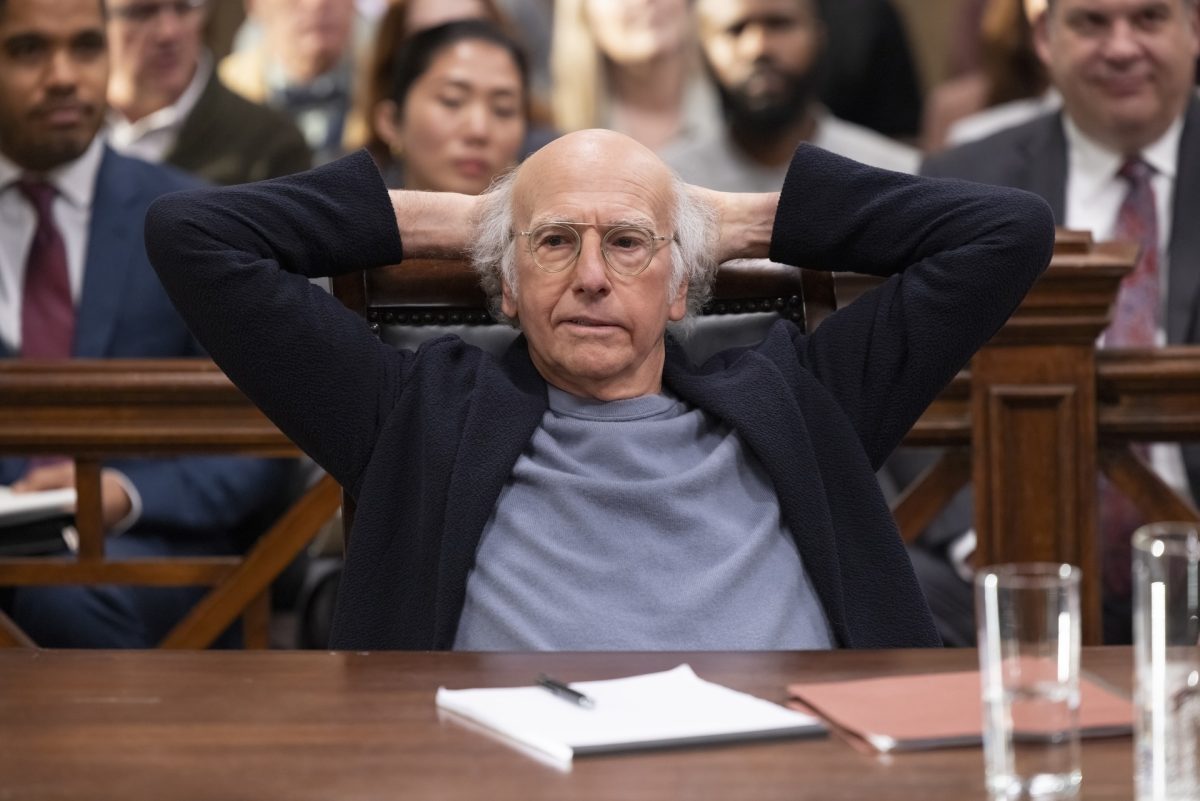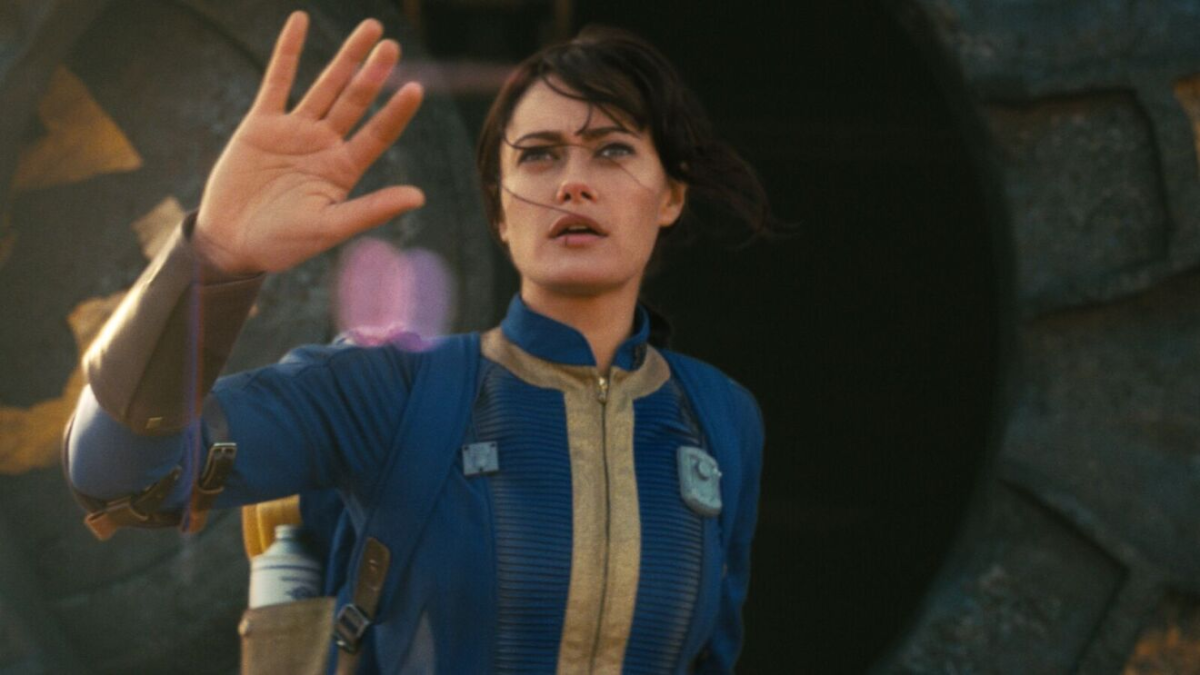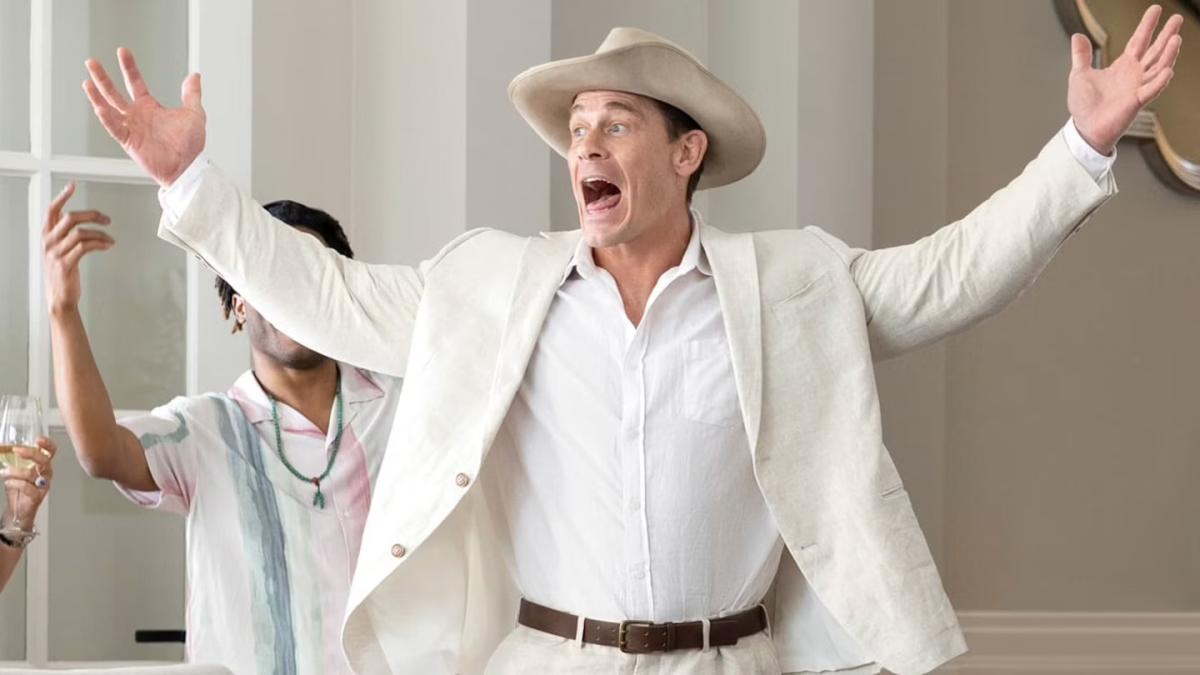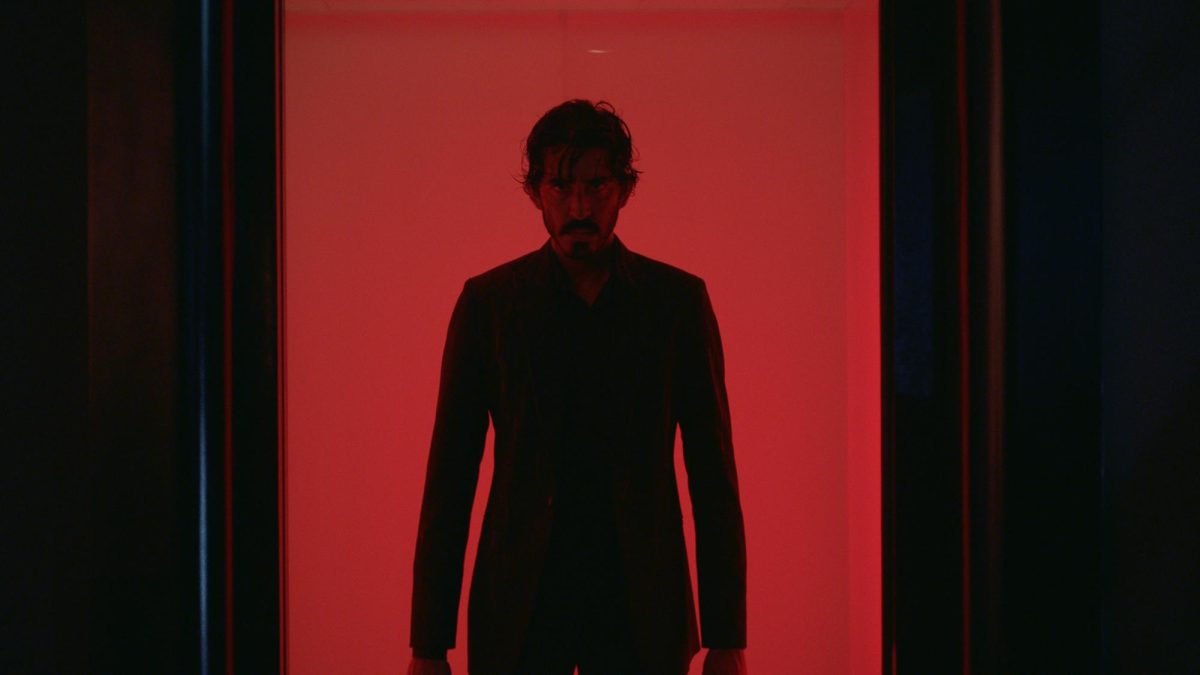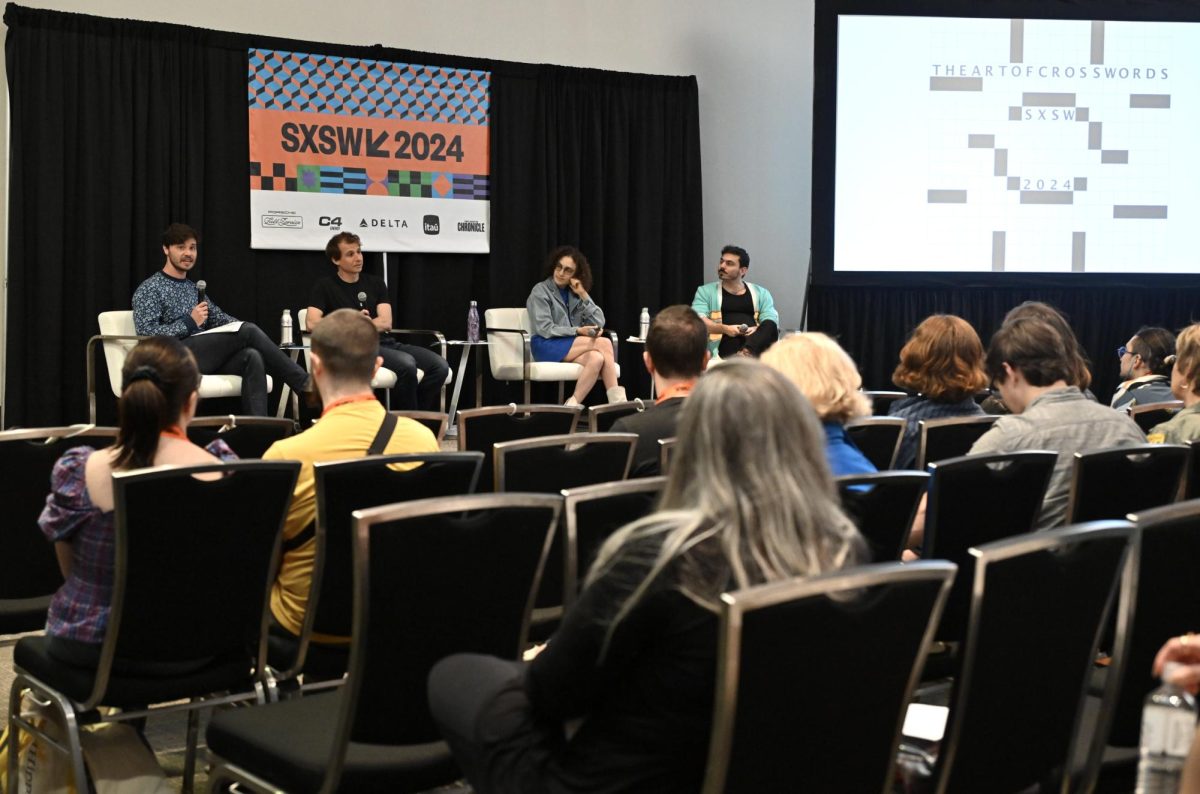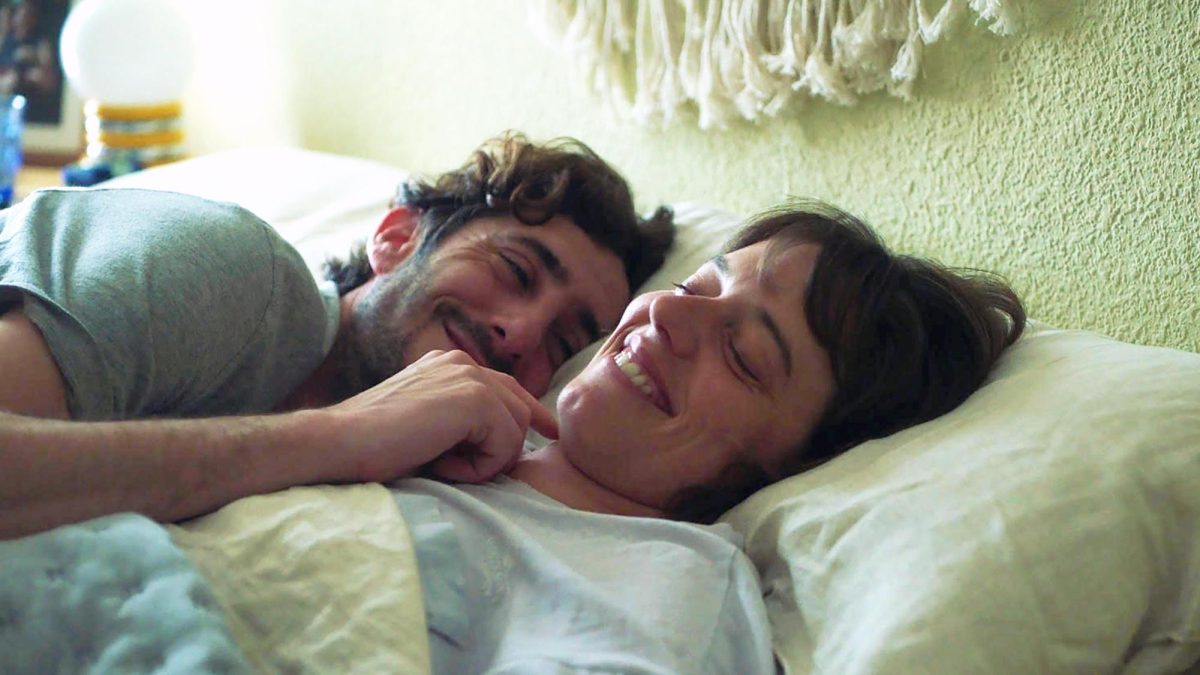Chronicling the rise of Australian technology entrepreneur Ben Pasternak, director Adam Barton’s “The Boy Who Sold The World” is a sobering look at how the tech industry is raising young people.
The documentary follows Pasternak from the age of 15 to 20 as he works through three startups, beginning with resale platform Flogg, cresting with the failure of video chat app Monkey and coming to rest in chicken nugget substitute NUGGS. While Barton’s approach to capturing Pasternak’s highs and lows is detailed and comes back to consult with the same people about Pasternak’s growth, or lack thereof, it doesn’t make a strong statement in terms of whether Pasternak’s journey was ultimately beneficial or harmful.
Pasternak starts out shopping Flogg to different venture capitalists as an overly confident 15-year-old full of bravado. Barton does an exceptionally good job of capturing frank interviews with Pasternak’s parents, as they express initial pride and later exasperation with their son’s changing attitude. It’s an appropriate counterbalance to Pasternak’s literal “kid in a candy shop” act, which is frustrating to watch.
“The Boy Who Sold The World” is a solid example of making a documentary that looks good. It’s visually pleasing, with Barton taking advantage of the ample light in Pasternak’s apartment for early interviews and employing vlog footage from Pasternak himself. The soundtrack remains modern without becoming overtly robotic or mechanical. As Pasternak gets older, the footage becomes increasingly vlog-based, which conveys a sense of distance from his roots in the failed project of Flogg.
That’s not altogether a bad thing. The use of vlog footage to indicate distance is bookended by sit-down interviews which ground the storyline in Pasternak’s reality. However, his reality is skewed from that of his peers, which is made clear in their interviews. Barton has given Pasternak a tall platform to show how he builds his companies, but the very human nature of growing up is at odds with Pasternak’s attitude.
Pasternak’s early bravado comes back to bite hard when he is in the thick of developing Monkey. Barton’s method of depicting Pasternak’s great fall is compassionate enough to make his age-appropriate reaction feel less like a tantrum and more like an introspective reckoning.
It is perhaps unfair to judge such a personal documentary about a child entering the venture capitalist tech sphere hopeful and becoming jaded as being a depiction of poor character, but that is how Pasternak comes across on screen. His final interview regarding his parents shows him describing the relationship between himself and his mother as nonexistent, cutting to earlier footage of her kissing him goodbye when she left him in New York.
On the part of Barton as a director, this is an artful way to end a complex story. “The Boy Who Sold The World” is not a flattering depiction of Pasternak’s life for the last five years, but it is a sobering image for those in the tech industry. Serving as a mirror for young entrepreneurs, “The Boy Who Sold The World” is a reminder to stay grounded and maintain some semblance of a work-life balance.
Rating: 3.5/5



